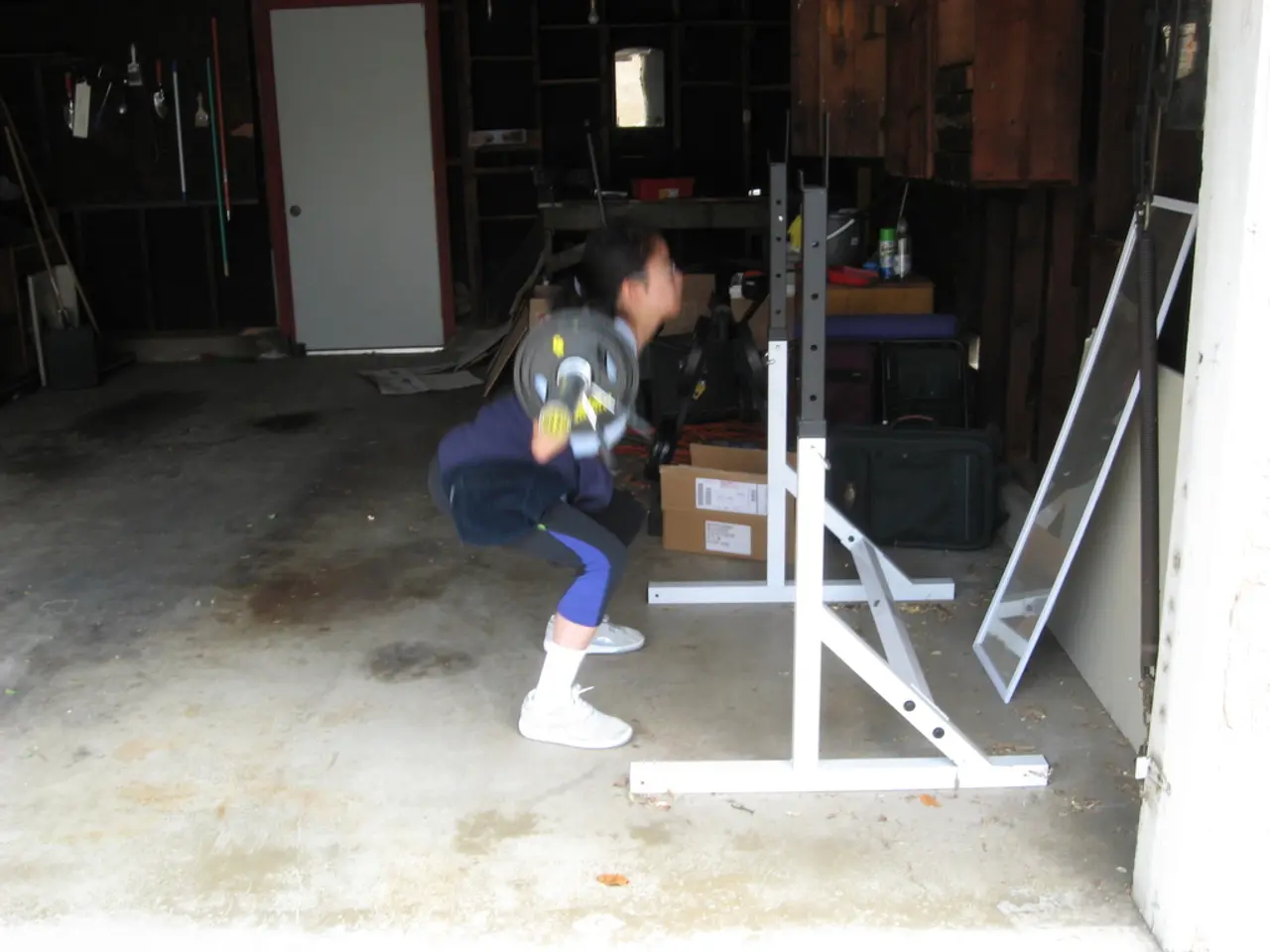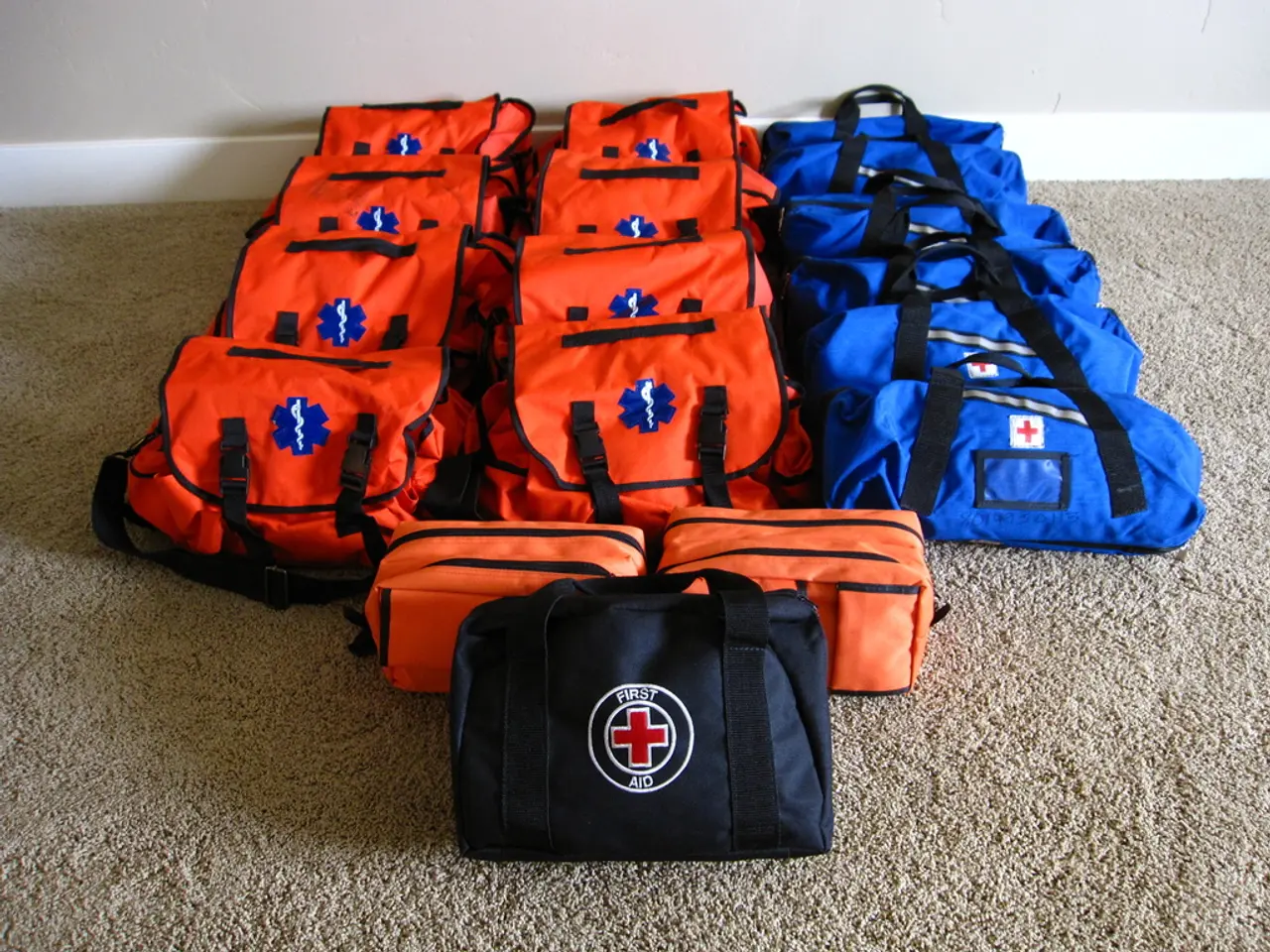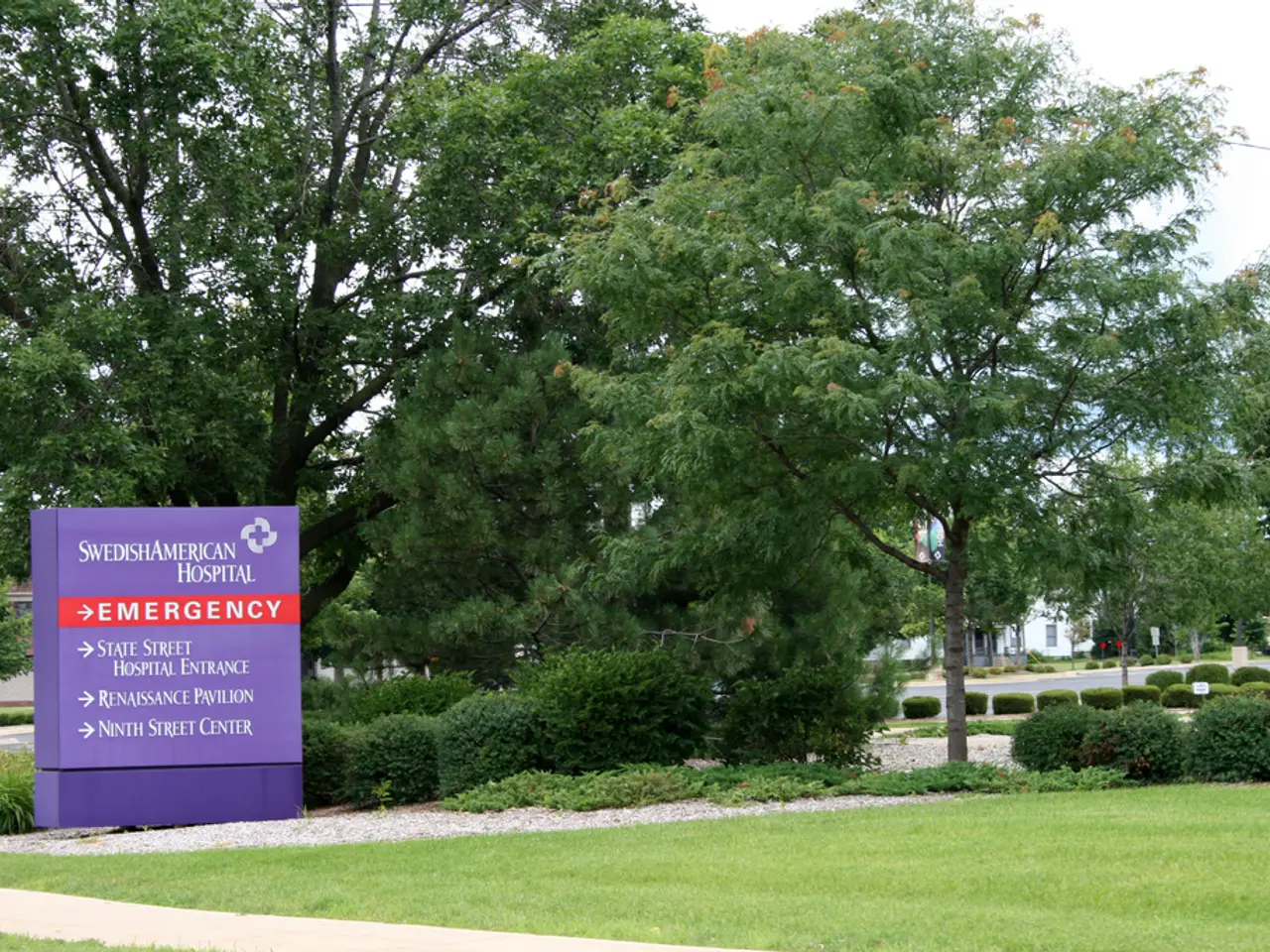Burns from radiotherapy for breast cancer: Handling and alleviation techniques
In the fight against breast cancer, approximately 500,000 people worldwide receive radiation therapy, a crucial part of their treatment journey. This article aims to provide a clear understanding of the common skin changes and preventive measures associated with radiation therapy.
One of the potential side effects of radiation therapy is radiodermatitis, or radiation burns. These can manifest as skin changes such as burns, fatigue, and skin discoloration. In particular, skin changes can occur on parts of the body where skin touches, such as under the breast or the armpit, and in places with more sun exposure, such as the upper chest.
To prevent and manage radiation burns, patients should follow a few key guidelines. Firstly, gentle skin care is essential, avoiding irritants and maintaining hydration. Secondly, irradiated skin should be protected from excessive heat, cold, or sun exposure. Wearing loose clothing can also reduce irritation.
The progression of radiation burns can be categorised by the Radiation Therapy Oncology Group (RTOG) scales, with early signs including faint erythema, mild skin tightness, and itching (RTOG 1), and more severe symptoms such as patchy moist desquamation and confluent moist desquamation with soreness and edema (RTOG 3).
For management, advanced wound care products and topical treatments are used, while symptom control includes the use of pain relief medication, topical steroids, and keeping the skin clean and moist. It's crucial to start preventive skin care early during radiotherapy and to regularly communicate with the oncology team to adjust treatments and skin care as needed.
In addition to these practical tips, several organisations provide support for people affected by breast cancer. In the United States, the American Cancer Society's free Reach for Recovery program offers assistance. In the UK, Breast Cancer Now, Macmillan Cancer Support, and Cancer Research UK are some of the organisations that can provide help. For those seeking support specifically for people of color, the African American Breast Cancer Alliance, Sisters by Choice, Sisters Network, and Black Women's Health Imperative are worth exploring.
Breastcancer.org, Living Beyond Breast Cancer, The Male Breast Cancer Coalition, and The National LGBT Cancer Project are other organisations that offer support for people affected by breast cancer.
In conclusion, managing radiation burns involves a combination of preventive measures and effective treatment strategies. By following these guidelines and seeking support when needed, patients can navigate their treatment journey with greater confidence and comfort.
- Approximately 500,000 treatment-seekers globally encounter radiation therapy as part of their battle against breast cancer.
- Radiation burns, or radiodermatitis, can cause skin changes like burns, fatigue, and discoloration, especially on areas like the breast, armpit, upper chest, and places with higher sun exposure.
- To prevent and manage radiation burns, therapy-seekers must adhere to gentle skin care, maintain hydration, and protect skin from heat, cold, or excessive sun exposure.
- The Radiation Therapy Oncology Group (RTOG) has created scales to categorize the progression of radiation burns, ranging from faint erythema and mild tightness (RTOG 1) to more severe forms such as confluent moist desquamation and edema (RTOG 3).
- For such symptoms, advanced wound care products and topical treatments are employed, while pain relief medication, topical steroids, and consistent skin maintenance are utilized for relief.
- Furthermore, various health-and-wellness organizations, such as the American Cancer Society, Breast Cancer Now, Cancer Research UK, and many others, provide assistance and support specifically for breast cancer patients, including those of color.




